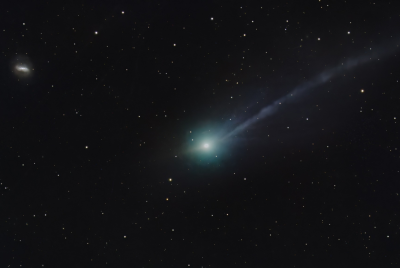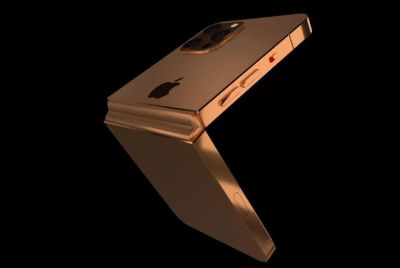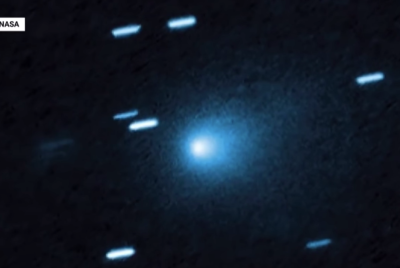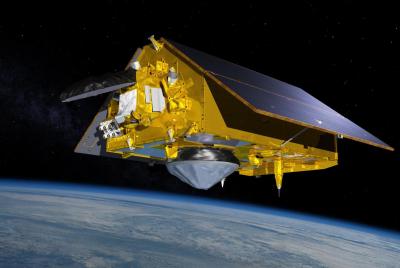World's fastest 2D camera could solve JFK assassination 'magic bullet' mystery

The development of the world's fastest 2D camera, capable of capturing events at up to 100 billion frames per second, could finally accurately analyse the strange physics of the 'magic bullet's' flight path in the assassination of US President John F. Kennedy.
The 2D camera has been developed by a team of biomedical engineers at Washington University in the US, and while the main applications are foreseen in the field of biomedicine, there is also potential for use in astronomy and forensics.
The research is set to be published in the 4 December issue of Nature.
Questioning the Warren Commission's conclusions

Using the compressed ultrafast photography (CUP) technique, bullet pathways could be reconstructed in retrospect, once again opening up the Kennedy assassination conspiracy theories.
The Warren Commission's investigation into the assassination of President Kennedy determined that the bullet that struck Kennedy in the back and exited through his throat was also responsible for wounding Texas Governor John Connally, who was sat directly in front of him.
The trajectory of the bullet has been called into question by sceptics, who claim that there must have been a second bullet to cause these injuries.
Sceptics have also questioned the Commission's conclusions by claiming that a single bullet could not have passed through 15 layers of clothing, seven layers of skin, 15 inches of tissue, a necktie knot, shattered a radius bone and removed four inches of rib while remaining in tact.
The magic bullet theory, also referred to as the single bullet theory, is believed by some to be essential to the case that Lee Harvey Oswald acted alone.

Discoveries 'we can't even anticipate yet'
The CUP technique has been described as a "quantum leap" forward that will inevitably lead to new discoveries.
"For the first time, humans can see light pulses on the fly," said lead researcher Lihong Wang. "Because this technique advances the imaging frame rate by orders of magnitude, we now enter a new regime to open up new visions.
"Each new technique, especially one of a quantum leap forward, is always followed by a number of new discoveries. It's our hope that CUP will enable new discoveries in science - ones that we can't even anticipate yet."
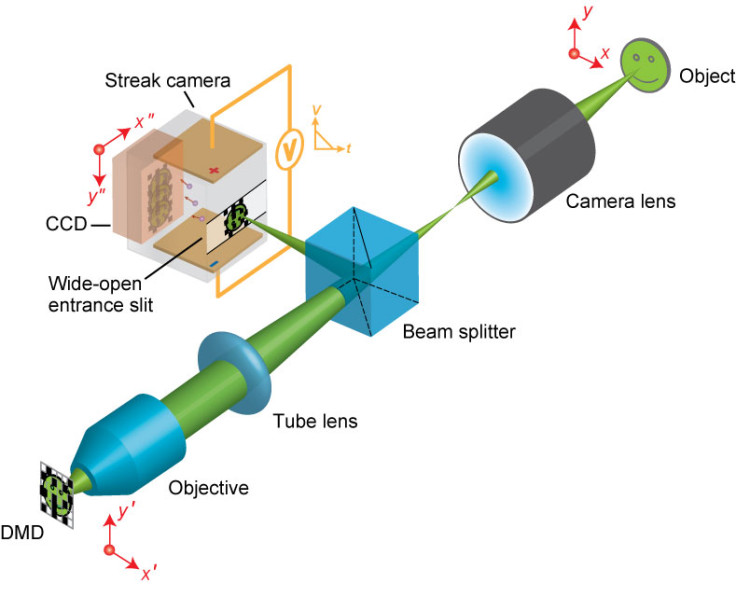
The research was funded by two grants aimed at pushing pioneering and potentially transformative research, given out by the National Institutes of Health (NIH).
"This is an exciting advance and the type of groundbreaking work that these high-risk NIH awards are designed to support," said Richard Conroy, program director of optical imaging at the National Institute of Biomedical Imaging and Bioengineering at the NIH.
During their experimentation, Wang and his team captured laser pulse reflection, refraction, faster-than light propagation, and photon racing using high-powered microscopes. In the future, Wang hopes that it can also be used with telescopes to analyse the activities of supernova and space junk.
© Copyright IBTimes 2025. All rights reserved.










